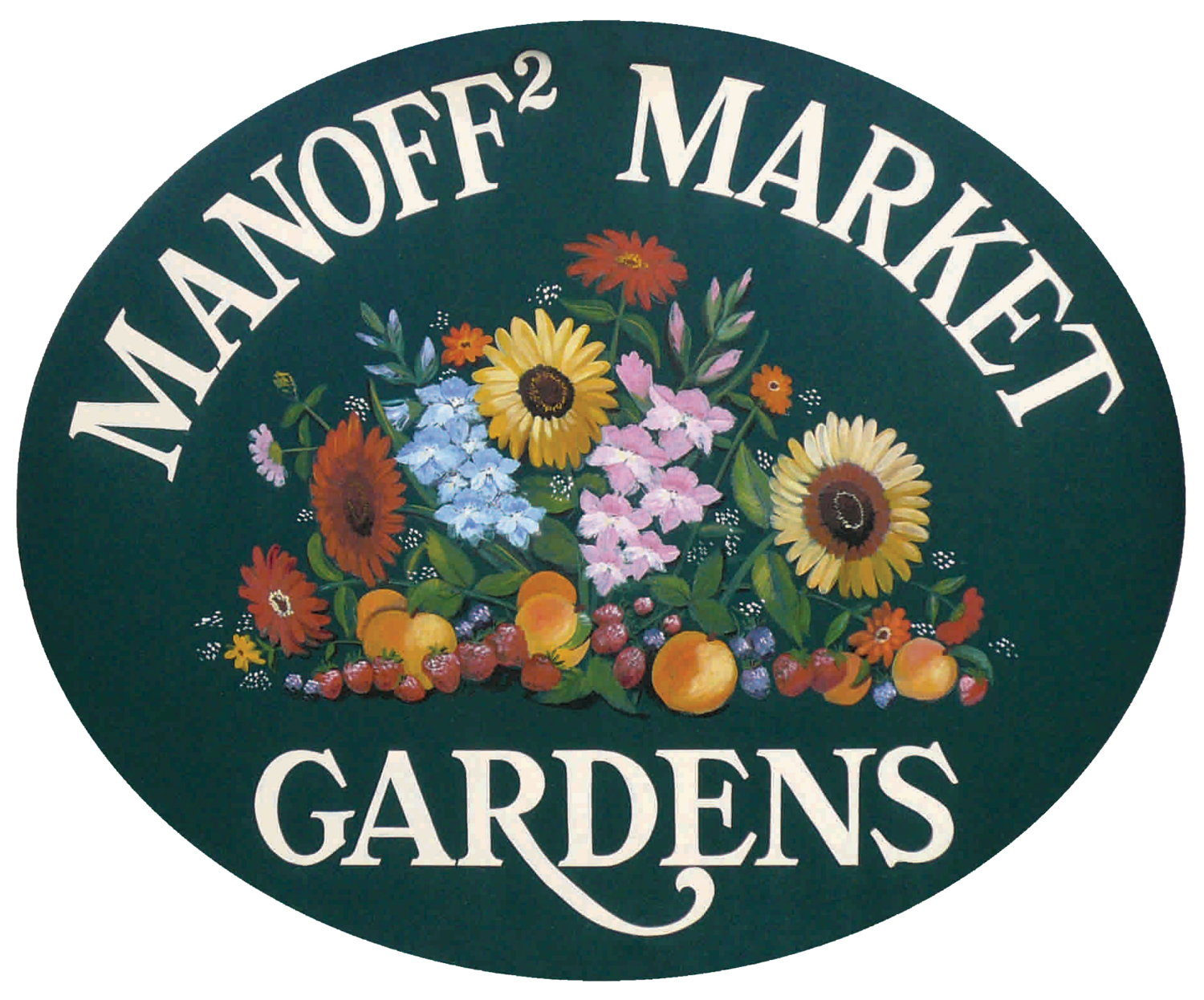What is The Oldest American Drink?
From Ancient Roman times to its vibrant resurgence in modern America, cider has a fascinating history that’s weaved into cultures all over the world. As the oldest drink in the US, its production methods and cultural significance have evolved since the first American settlements.
Related Blog: Exploring Artisanal Cider Production: From Orchard to Glass
Let’s explore the history of the oldest American drink, and how it came to be one of the fastest-growing segments of today's beverage industry.
Cider Around the World: American Cider vs. Apple Juice
In common American usage, raw apple juice that has not been filtered to remove pulp or sediment is referred to as “fresh cider” or “sweet cider.” The term “apple juice” indicates the juice has been filtered to remove solids. Fermented apple juice is called “hard cider.”
In Europe, all non-fermented apple juice is referred to as “juice”, and fermented apple juice is referred to as “cider.” Worldwide, cider varies in alcohol content from less than 3% alcohol by volume (ABV) as found in French cidre doux, to 8.5% ABV or above in traditional English ciders. New tax legislation passed by Congress in December 2015 brought U.S cider definitions into alignment with international standards, raising the allowable levels of carbonation and alcohol content and including pears as well as apples in the definition of (hard) cider.
Ancient Origins and Roman Influence
The first recorded references to cider date back to Roman times; in 55 BCE Julius Caesar found the Celtic Britons fermenting cider from native crabapples. The people of northern Spain were making sidra before the birth of Christ. The Norman Conquest of England in 1066 resulted in the introduction of many apple varieties from France and cider soon became the most popular drink after ale.
Modern Popularity: Cider in England and Europe
Cider began to be used to pay tithes and rents – a custom that continued later in America. Cider is still very popular in England, which has the highest per capita consumption as well as the largest cider-producing companies in the world. Cider is also traditional in Western Europe, including Brittany and Normandy in France
Cider in America
Only 9 years after first landing at Plymouth in 1620, European colonists planted apple trees in the Massachusetts Bay Colony. In Colonial America, cider was the most common beverage, and even children drank it in a diluted form.
In many places, the water was not safe to drink and most homesteads had an apple orchard. Pressing and fermenting fresh apple juice was the easiest way to preserve the large fruit harvest. In rural communities, taxes, wages, and tithes were often paid in cider. It was also the basis for other products, such as vinegar, which was used to preserve fresh foods and for other purposes around the farm
Decline of Cider in America: Late 1800s
However, by the late 1800s, cider began its decline from the most popular beverage in the nation. Several unrelated forces combined to essentially wipe cider from the collective memory of America. A major factor was the Industrial Revolution, bringing people from the farm to the city to live and work. Many orchards were abandoned, resulting in reduced production.
Unfiltered and unpasteurized cider did not travel well from farms to the new centers of population. An additional element was the increased consumption of beer, especially in cities. Immigrants arriving from Germany and Ireland, and cheap grain available in the Midwest, led beer to replace cider in the popular market.
The most damaging factor for cider was the rise of the Temperance movement. By the time Prohibition was enacted in 1919, the production of cider in the U.S. had slipped to only 13 million gallons, down from 55 million gallons in 1899.
From Tradition to Trend: Why Cider is Gaining Momentum in America
Over the next several decades, the once proud American tradition of cider making was kept alive by only a few local farmers and enthusiasts. In recent years there has been a resurgence of interest in cider making and today cider is one of the fastest-growing segments of the liquor industry.
Cider has surged in popularity because of its versatile appeal to a wide range of consumers, offering variations from sweet to dry and even flavored options, catering to diverse taste preferences. Moreover, cider's gluten-free profile makes it a preferred choice for those with dietary restrictions or preferences.
Beyond its flavor and accessibility, the artisanal craft movement has revitalized interest in traditional cider-making methods, emphasizing quality ingredients and local production. This resurgence aligns with broader consumer trends favoring authenticity and sustainability, elevating cider to one of the fastest-growing segments in the beverage market.
Cider offers a unique drinking experience at every local cidery. At Manoff Market Cidery, you explore Pennsylvania’s local flavors, rich history and all the health benefits that come along with fresh cider production. To stay up to date on our latest craft ciders and tasting events, subscribe to our newsletter or check out our calendar.





